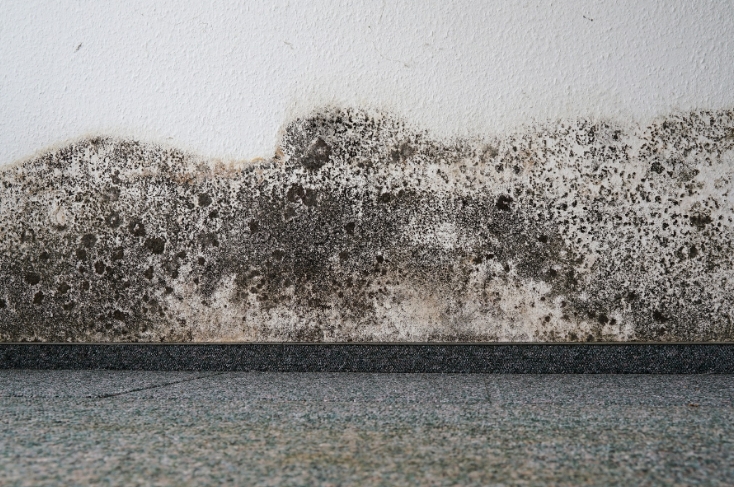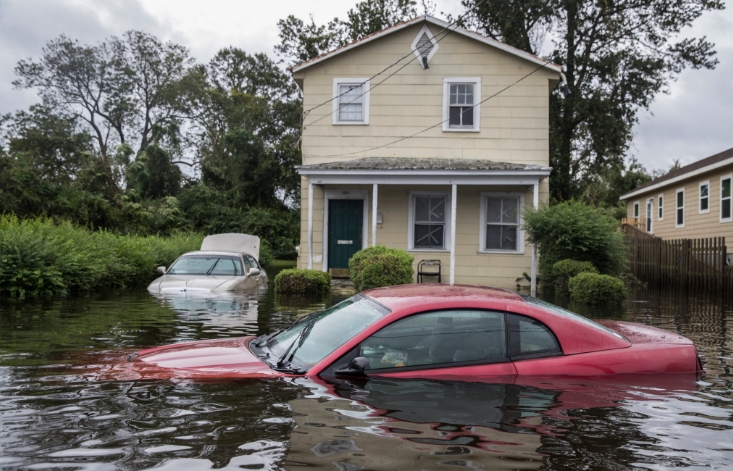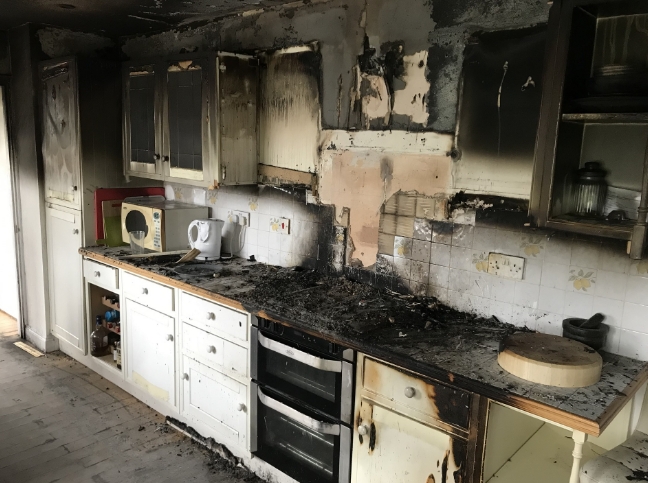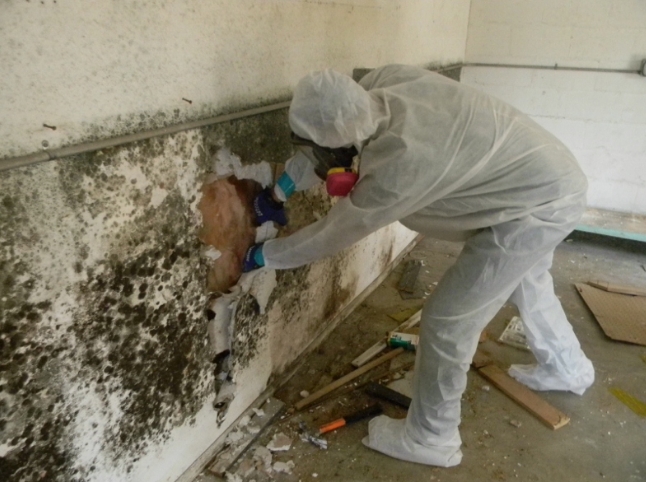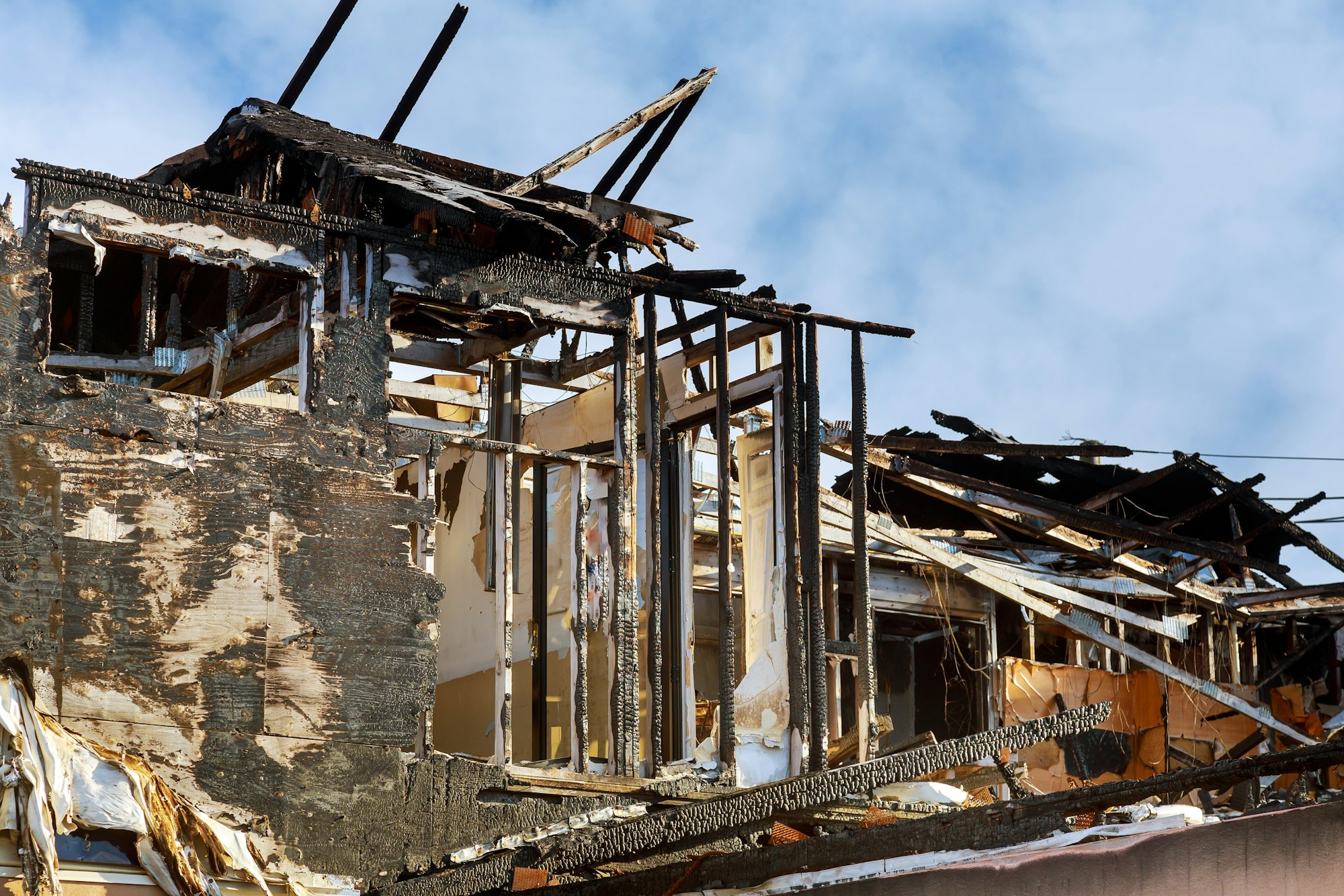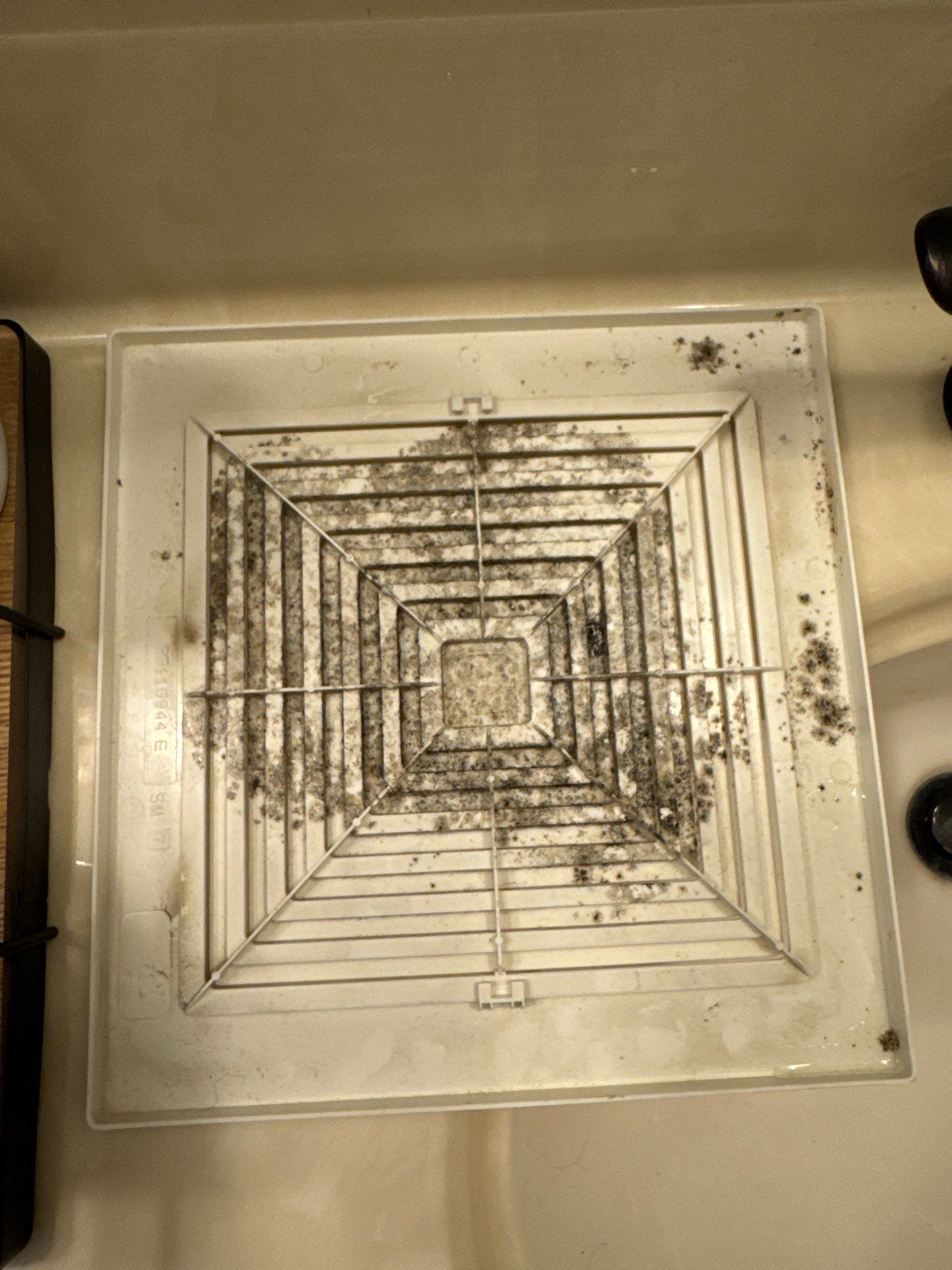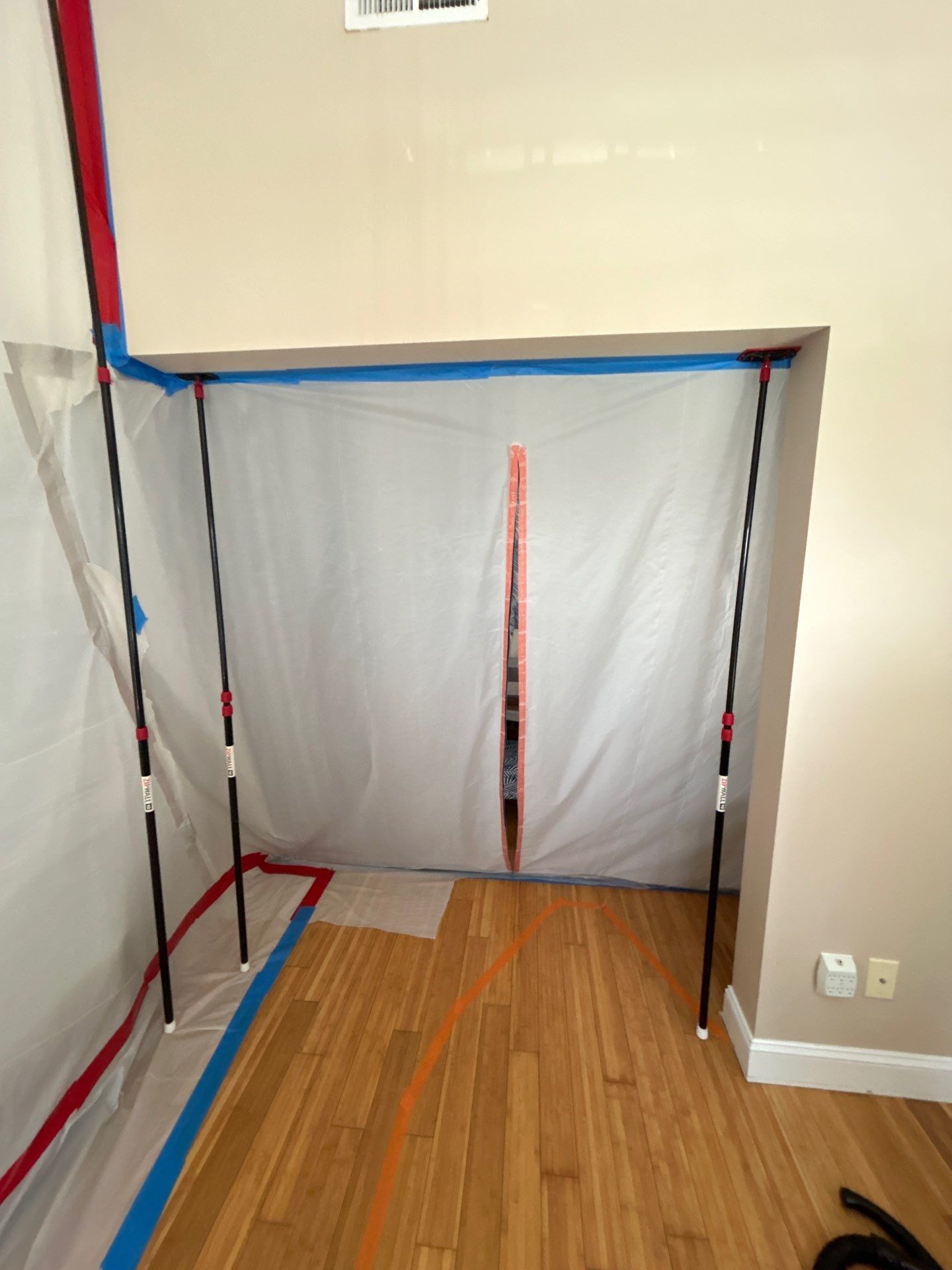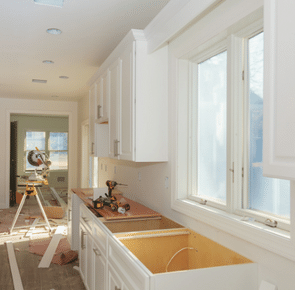Different Types of Mold
Different Types of Mold: Mold poses a significant challenge in Eastern North Carolina, exacerbated by the warm, humid climate. Left unchecked, mold spores can lead to health issues such as asthma, allergies, and respiratory problems.
Understanding the types of molds commonly found in homes is crucial for taking proactive measures toward prevention and remediation when necessary. Each type presents its own risks, varying in severity based on individual circumstances. Recognizing these molds empowers homeowners to protect themselves and their families from potential health hazards associated with exposure.
Let’s explore the common types of molds and what actions to take if detected in your home:
- Acremonium:
- Appearance: White to gray growth on surfaces like wood, drywall, and ceiling tiles.
- Habitat: Thrives in high humidity environments such as bathrooms and basements.
- Health Risks: Can cause respiratory problems, skin irritation, and in severe cases, may lead to more serious conditions like cancer.
- Treatment: Professional mold remediation is recommended to safely remove and prevent recurrence. Experts conduct thorough inspections, remove affected materials, disinfect surfaces, and seal areas to inhibit further growth.
- Alternaria:
- Appearance: Dark green or black spots on walls, ceilings, and floors.
- Habitat: Flourishes in damp areas such as bathrooms and kitchens.
- Health Risks: Inhalation of spores can trigger allergies, asthma-like symptoms, and respiratory infections.
- Treatment: Professional services are necessary for effective removal. Specialists utilize specialized chemicals and air filtration systems to eliminate spores and reduce health risks.
- Cladosporium:
- Appearance: Black or green fuzzy growth on damp surfaces.
- Habitat: Commonly found on walls, ceilings, and floors in humid environments.
- Health Risks: Allergic reactions ranging from coughing and wheezing to skin and eye irritation.
- Treatment: Professional remediation addresses the source of moisture, removes mold, and implements preventive measures to avoid recurrence.
- Ulocladium:
- Appearance: Gray or black fuzzy growth, typically in areas with water damage.
- Habitat: Thrives in damp conditions like bathrooms and basements.
- Health Risks: Inhalation can cause allergic reactions and respiratory symptoms.
- Treatment: Professional removal services are essential. Experts employ thorough cleaning techniques to eliminate spores and mitigate future growth.
- Aspergillus:
- Appearance: Black or green fuzzy growth on surfaces in moist environments.
- Habitat: Often found in bathrooms, kitchens, and basements.
- Health Risks: May induce allergic reactions and, with prolonged exposure, lead to respiratory infections.
- Prevention: Regular cleaning and monitoring for water damage are key to preventing outbreaks.
Addressing mold infestations promptly is crucial for minimizing health risks in your home. Certified professionals from Home Disaster Medics offer expertise in mold removal and remediation, ensuring thorough inspection, damage evaluation, and comprehensive solutions tailored to prevent recurrence. By taking proactive steps and seeking professional consultation, homeowners safeguard their living environments against mold-related health hazards effectively.
so that was for the Different Types of Mold
Follow Home Disaster Medics on Facebook

